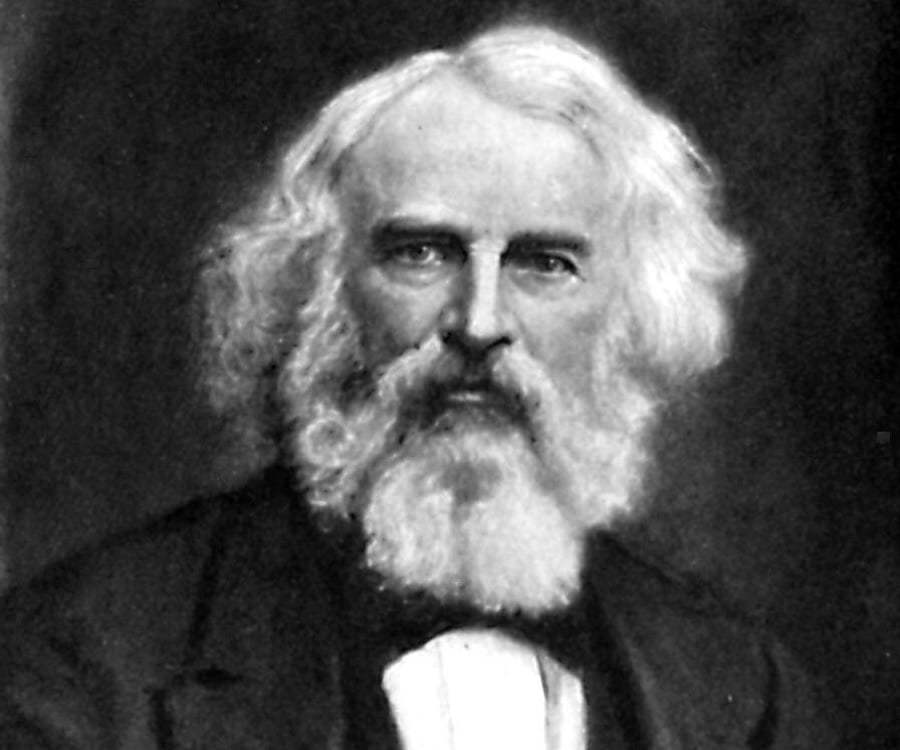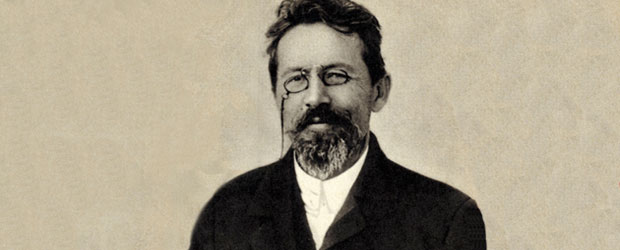Henry Wadsworth Longfellow
Born on February 27, 1807, in Portland, Maine, Henry Wadsworth Longfellow became a Harvard scholar versed in several European languages. He was heavily influenced by Romanticism and made a name as a poet and novelist with works like Hyperion, Evangeline, Poems on Slavery and The Song of Hiawatha. He was also known for his translation of Dante’s The Divine Comedy. Longfellow died on March 24, 1882, in Cambridge, Massachusetts.
The Rainy Day
The day is cold, and dark, and dreary;
It rains, and the wind is never weary;
The vine still clings to the mouldering wall,
But at every gust the dead leaves fall,
And the day is dark and dreary.
My life is cold, and dark, and dreary;
It rains, and the wind is never weary;
My thoughts still cling to the mouldering Past,
But the hopes of youth fall thick in the blast,
And the days are dark and dreary.
Be still, sad heart! and cease repining;
Behind the clouds is the sun still shining;
Thy fate is the common fate of all,
Into each life some rain must fall,
Some days must be dark and dreary.
Short Analysis
The poem talks about a sad moment in the life of man. The rain symbolizes the sadness that is felt by the speaker. It is implied that he was clinging to a past memory, which made him sad, because it was already a done moment in his life. However, in the last stanza, as mentioned by the lines, the speaker encourages himself to not give up for whenever the rain stops, a rainbow appears. There is always happiness waiting for you after the seemingly endless rain.
Point of View
The poem used the first person point of view.
Figures of Speech
Personification was used in the first (The vine clings) and last stanza (Be still, sad heart!). The title might also serve as a metaphor for sadness (Rainy Day).
Theme
I believe the theme for this poem is "recovering from sadness" or "Hope or light amidst darkness."

